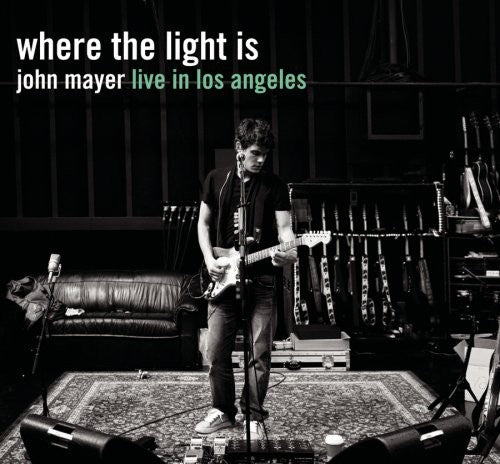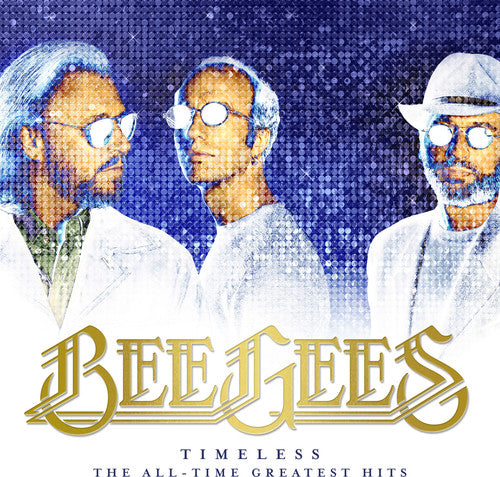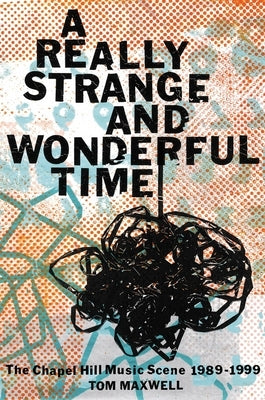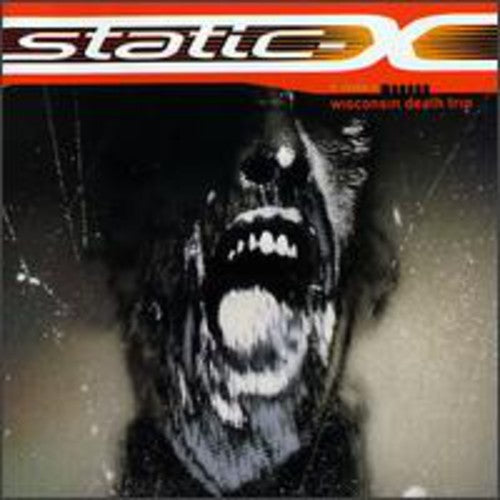Bob Seger - Greatest Hits (CD)
$4.99
$13.95
The Strokes - Comedown Machine (CD)
$5.99
$9.99
Ariana Grande - Yours Truly (CD)
$5.99
$13.95
Modern Baseball - You're Gonna Miss It All (CD)
$10.99
$13.98
Smashing Pumpkins - Siamese Dream (CD)
$5.99
$13.95
Judas Priest - Unleashed in the East (CD)
$5.99
$9.99
Faye Webster - Underdressed at the Symphony (CD)
$10.99
$14.98
Bad Bunny - Un Verano Sin Ti (CD)
$12.99
$14.98
The Offspring - Greatest Hits (CD)
$5.99
$13.95
Gorillaz - Demon Days (CD)
$9.99
$11.98
Alan Parsons - I Robot (CD)
$5.99
$7.99
Fiona Apple - When the Pawn (CD)
$5.99
$7.99
Judas Priest - Painkiller (CD)
$5.99
$7.99
Bee Gees - Timeless: The All-Time Greatest Hits (CD)
$9.99
$13.95
Motley Crue - Theatre Of Pain (CD)
$11.99
$12.98
Stevie Ray Vaughan - Texas Flood (CD)
$5.99
$7.99
Three Dog Night - Complete Hit Singles (CD)
$5.99
$13.95
Creed - Greatest Hits (CD)
$5.99
$11.98
Nirvana - Nevermind (CD)
$9.99
$13.95
Vacations - No Place Like Home (CD)
$10.99
$12.98
Trouble - Trouble 4 (CD)
$10.99
$12.99
Carly Rae Jepsen - Emotion (CD)
$14.99
$17.99
Alex G - God Save The Animals (CD)
$11.99
$15.98
The Cure - Mixed Up (CD)
$21.99
$24.98
Gregory Alan Isakov - Appaloosa Bones (CD)
$10.99
$14.98
Modern Baseball - Sports (CD)
$10.99
$13.98
The Cure - Pornography [Remastered] (CD)
$8.99
$9.99
The Strokes - Is This It (CD)
$10.99
$12.99
The Cure - Disintegration: Remastered (CD)
$8.99
$9.99
Paris Paloma - Cacophony (CD)
$12.99
$16.98
The Cure - Seventeen Seconds (CD)
$8.99
$9.99
A Day to Remember - Common Courtesy (CD)
$10.99
$13.98
Tame Impala - Innerspeaker (CD)
$5.99
$13.95
Beach House - Bloom (CD)
$10.99
$13.98
The Cure - Bloodflowers (CD)
$14.99
Tracy Chapman - Tracy Chapman: Greatest Hits (CD)
$11.99
$13.98
Poppy - Zig (CD)
$10.99
$13.49





































![The Cure - Pornography [Remastered] (CD)](http://surprisecastle.com/cdn/shop/files/760058.jpg?v=1729117950&width=533)














